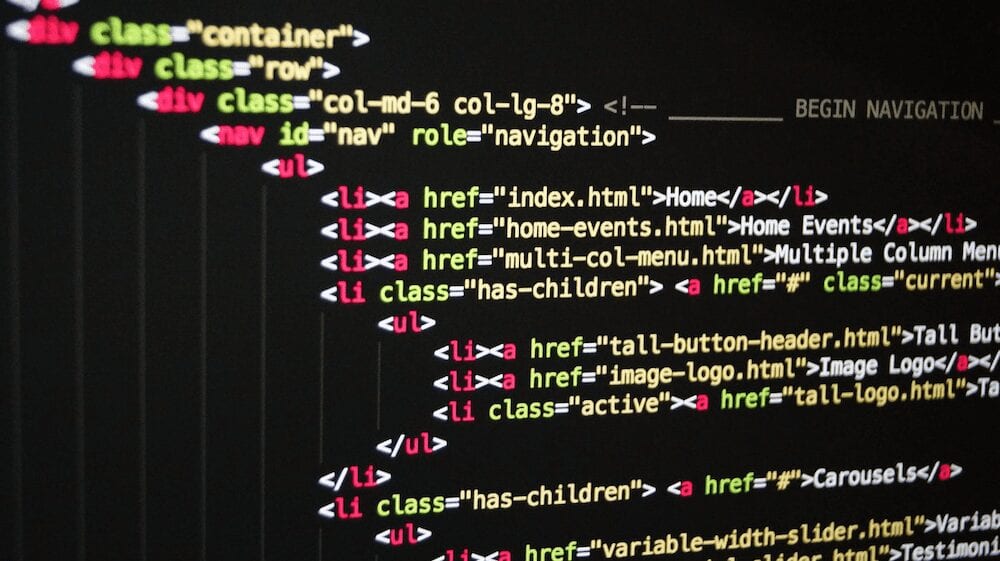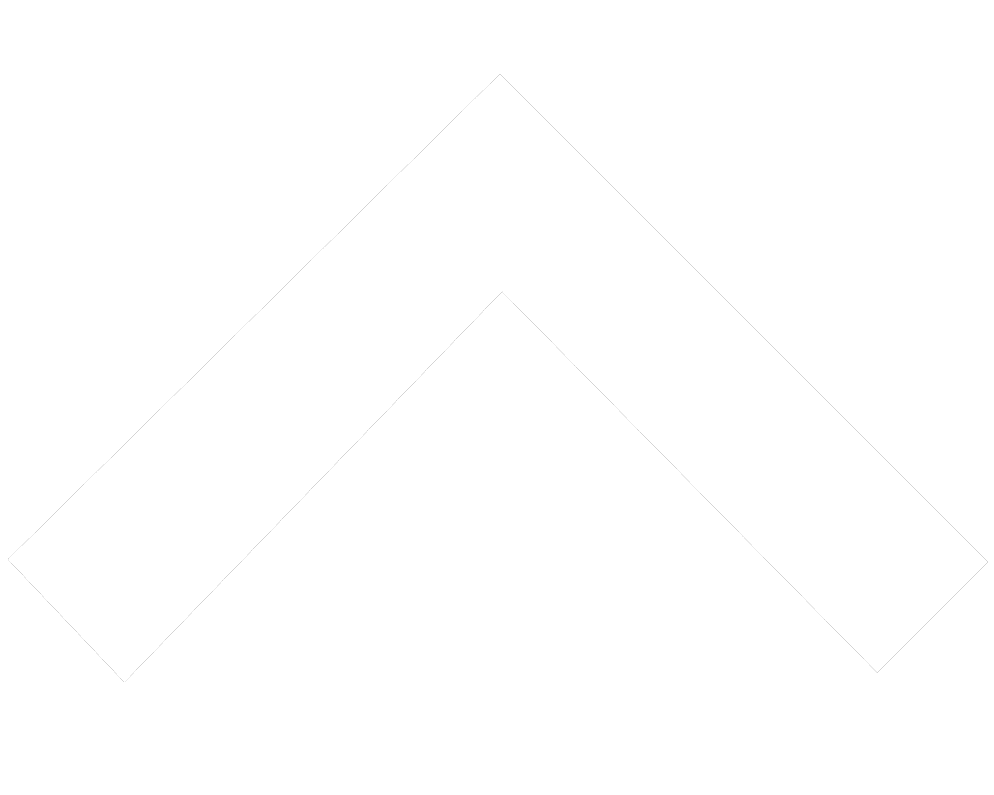Though web designers and web developers are frequently considered interchangeable, the job titles actually have very different responsibilities when it comes to building a complex website. This article will compare and contrast web designer vs web developer careers to help you decide which career path to choose.
After we cover the difference between web developer and web designer responsibilities, we provide essential information like average salary, job outlook, and job descriptions of some of the most common career opportunities you might see in either field. This comprehensive guide will help you decide where your goals lie when choosing between web developer vs web designer careers.
What Is Web Design?

Web design is the work involved with the visuals and aesthetics of a website. This involves the overall layout of the pages, as well as visual aspects like fonts, icons, and color palettes. Online web design courses are available to help students practice using design software and other technical skills required for this role.
Some essential web design skills include typography, color theory, and composition. Web designers create functional websites for desktops, tablets, and smartphones, considering their limitations and dimensions. The web designer needs to take all of those platforms into account to make sure the site is usable, attractive, and practical no matter where a user is accessing it.
Web Designer Job Description: What Do Web Designers Do?
- User interface design. UI design is one of the most essential web designer roles. This process ensures that the layout of the website is intuitive and simple to navigate for new users.
- Design visual aspects of a website. Web designers are in charge of big details, such as where menus, widgets, and images should go, as well as small details, such as fonts and color schemes.
- Create mockups. Web designers frequently design sample pages to present to clients and other team members to communicate their ideas. This ensures that the final product meets everyone’s expectations.
- Use design software. Some of the most commonly used web design software include WordPress, Adobe XD, and Google Web Designer. Most web designer job descriptions list the software you will need to be familiar with to get hired.
- Coordinate with team members. Web designers work with web developers, writers, and clients at various steps of the design process. Everyone on the team needs to be on the same page to make sure the finished product is as successful as possible.
Web Designer Salary and Job Outlook
The average web designer salary is $79,890, according to the Bureau of Labor Statistics (BLS). This number will vary depending on location, years of experience, and education. The lowest 10 percent of earners make $38,550, while the highest 10 percent make more than $168,200.
BLS also reports that the average job outlook for web designers is 16 percent over the next decade, with 16,600 jobs added every year. The web designer job outlook is significantly higher than the job outlook for all occupations.
Types of Web Designer Jobs
- UX Designer. UX designers identify ways to optimize and improve the user experience of applications and websites. According to PayScale, the average UX designer salary is $76,341 per year.
- UI Designer. This is a similar type of web designer to a UX designer, but with a greater focus on the actual page interface, rather than the user’s overall experience and journey. PayScale reports that the average yearly UI designer salary is $66,490.
- Visual Designer. A visual designer primarily focuses on digital media and is in charge of designing the overall aesthetics of a company or organization’s online presence. They often design logos and icons.
- Information Architect. An information architect is able to organize and portray information in a way that allows viewers to easily understand it. The average information architect job description may ask for very strong communication skills, a good handle of user-centered design, and impressive critical thinking skills.
What Is Web Development?

A web developer uses a variety of coding skills to create the actual website according to the plans laid out by the web designer. They make the web designer’s idea come to life. The fundamental building block of web development is HTML. This is the code that a web browser reads to display a website.
Today, web developers work with various coding languages or language frameworks that generate the HTML structure of the web page. These programming languages work with HTML to make websites much more complicated than they were twenty years ago. Let’s dive a little deeper into what web developers do.
Web Developer Job Description: What Do Web Developers Do?
- Write and review code. A web developer is someone who creates websites, and they do this by using programming languages like HTML, CSS, and JavaScript. Part of the web developer job description includes reviewing existing code to find ways to optimize a website’s performance.
- Integrate media content. Most websites these days host pictures, videos, audio, and other multimedia content. A web developer ensures that potential users can interact with this content appropriately, that it loads quickly, and is visually appealing.
- Technical SEO. While there are many variables that affect a website’s search engine ranking, a web developer must be aware of the technical requirements that can help get more eyes on a webpage.
- Troubleshooting. Web developers have to frequently test their code to identify bugs and other issues. When these problems come up, they need to quickly find effective solutions.
- Collaboration. As web developers often work as part of a team, they regularly need to communicate their ideas and problems with experts like web designers and product managers.
Web Developer Salary and Job Outlook
According to the same report on web designers from BLS, the average web developer salary is $77,030. The entry-level web developer salary will be lower than this, but your wage will increase as you gain years of experience and improve your programming skills.
The web developer job outlook, also from the same BLS report, is 30 percent over the next ten years. This is a particularly high job outlook, and suggests that web developers should have adequate career progression opportunities.
Types of Web Developer Jobs
- Front End Web Developer. A front end web developer job description is similar in some ways to a web designer. These professionals are in charge of programming the user-facing portion of a website or application. They need a deep understanding of languages like HTML, CSS, and JavaScript.
- Backend Web Developer. A backend web developer uses tools like Python, MongoDB, and MySQL to design the server-side of a website. They are responsible for aspects like data storage and security. The average backend web developer salary is $88,494, according to PayScale.
- Full Stack Web Developer. In this type of web developer job, you are expected to have the development skills to create and integrate both the front end and the backend of a website. Because of their comprehensive skills, the average full stack web developer salary is generally higher than front end or backend developers.
Web Developer vs Web Designer: Which Career Path Should I Choose?

If you are deciding between becoming a web designer vs a web developer, you will want to consider your strengths and what part of the web development process is most interesting to you. While both fields have some overlap, a web designer is more involved in the creative aspects of building a website. On the other hand, a web developer needs strong programming skills.
Despite the differences between a web designer and a web developer, gaining skills in both web design and web development can be beneficial. As a designer, knowing something about how interactive scripts work will help you think about a site’s user experience. You may not create the color scheme for a website if you’re a coder, but it’s good to know the ins and outs of images and fonts so they display properly.
Web Designer vs Web Developer FAQ
No, a web designer does not necessarily need to know how to code. However, gaining at least a basic understanding of HTML and CSS will be very helpful and can help you progress in your tech career.
What is the difference between a web designer and front end web developer?
The main difference between a web designer and a front end developer is that a designer is in charge of the layout of the page, while a developer is in charge of taking those plans and creating the corresponding code. In many cases, one expert is expected to perform both tasks.
Can you be both a web designer and developer?
Yes, you can be both a web designer and developer. Because these careers have a degree of overlap, many employers like to hire professionals who can perform the job duties of both roles. This is especially true of front end developers and web designers. In fact, many web development bootcamps teach web design alongside web development.
Which is better, web designer or web developer?
A web designer career may be better if you enjoy artistic challenges, but neither career path is more promising than the other. Comparing the web designer vs web developer salary is difficult because there is a lot of variation, but in general, web developers tend to make slightly more money as they progress in their careers.
About us: Career Karma is a platform designed to help job seekers find, research, and connect with job training programs to advance their careers. Learn about the CK publication.



